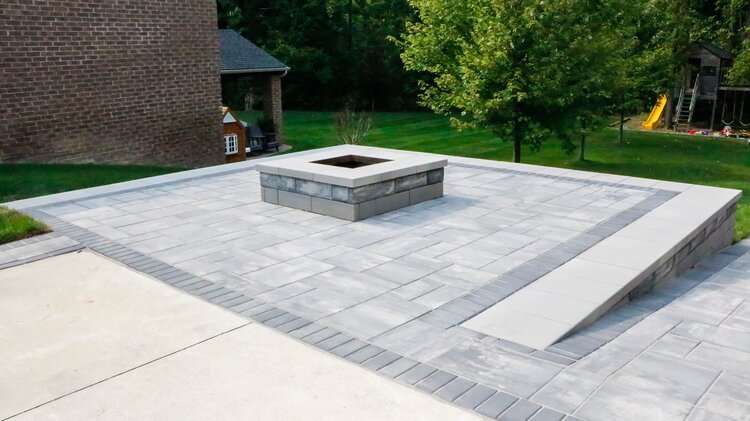There’s a great deal of choice when it comes to paving your outdoor area, with a seemingly endless array of paver types and styles to choose from. Each has its own advantages and disadvantages, and it can be confusing trying to decide which one will be best for your space.
Don’t stay confused and overwhelmed though, just follow these simple steps to choose the best pavers for your outdoor area.
Step 1 – Gather ideas
Before you start looking at pavers, you’ll need to have some idea of how you want your outdoor area to look and feel. Take some time to browse through images of similar outdoor areas to yours and decide what you like, what you don’t like, what you’d like to include, the tone and feel you want to create and how you’d like your area to look. If possible, create a scrapbook of paver styles and colours and paving patterns that you like.
Step 2 – General considerations
There are plenty of things you’ll need to consider when choosing your pavers:
- Material (concrete, stone, brick, porcelain, rubber etc.). Consider what use your paved area will be put to, and how much traffic it will get. Also consider how long each type lasts, how much each costs, how durable it is and how much maintenance it will require.
- Style. Do you want a modern feel or a timeless, classic style? What is the time period and decorating style of your home? How much space and natural light is available?
- Shape and size. Consider this carefully as a space is very much defined by shape and scale.
- Colour. Different colours will add a different feel to the area, with lighter colours expanding and darker colours contracting.
- Finish. There are many different finishes available, which will also contribute to the look and feel of the area.
- Pattern. There are literally endless patterns to lay pavers, and each will result in a different look and feel. The pattern will be somewhat determined by the shape of the paver, however.
- Safety. Do you need non-slip or tactile pavers? (If so, concrete pavers are a great choice).
Step 3 – Choose your paver
Next, you’ll need to actually choose the paver that you like and that is recommended for your particular need. For instance, there’s no point choosing a lovely bevelled-edge paver if what you actually need is a heavy-duty concrete paver to use on a driveway that will hold up under high vehicular use.
Find the type of paver that will best meet your needs, and then have a look at the colours, styles, finishes and textures that are available in that paver.
There’s a great range of concrete pavers to suit all purposes here, and they come in a wide variety of sizes, colours and finishes to suit every outdoor area: https://www.nationalmasonry.com.au/vic/pavers/
Step 4 – Measure your area
Before you order your pavers, you’ll have to accurately measure your area to determine the quantity of pavers you’ll need. If you remember your basic high school maths, area can be calculated by multiplying length by width for square or rectangular spaces.
For oddly shaped areas, break the area into sections for the calculation.
Step 5 – Order your pavers
A pro tip is to order slightly more pavers than you need. This is so you have some replacements on hand if you need to lift and replace any pavers that get cracked, broken, damaged or badly stained.
A good rule of thumb is to order up to 10% of extra pavers to cater for wastage during installation (such as cuts and breakages) and replacements down the track.
